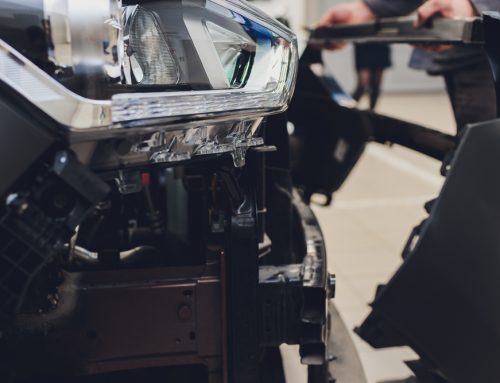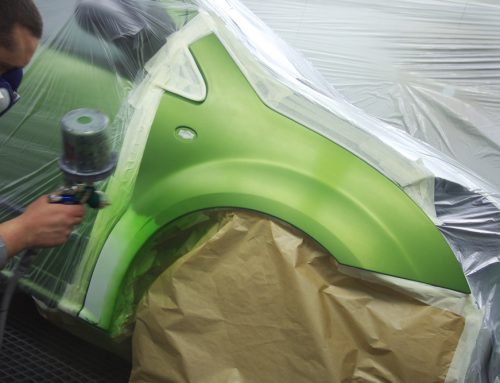Before becoming interested in bodywork, Alexandre Rocheleau worked in the retail industry, particularly in electronics.
In this type of business, he observed that inventory turnover is one of the key elements of success.
What if Your Inventory Was Cheese
Imagine buying a huge piece of cheddar cheese, big enough to last a month. But as you eat one slice a day, it will gradually lose its freshness. After a while, it will change colour, smell, and taste. The time will come when you’ll need to choose between finishing that cheese that is getting mouldy or throwing it away and accepting that you have lost your money. Then you might think that the cheese would be fresher if you bought a smaller brick of it each week.
Retail store inventory also has a limited shelf life, for different reasons:
- Maintenance and storage costs.
- Harder to keep inventory up to date, greater risk of errors.
- Parts that deteriorate/break down over time.
- Parts that become obsolete.
It is much simpler, more efficient, and more productive to keep a smaller inventory and renew it frequently.
Do the Math
The same principle applies to body shops if we compare the inventory of a retail store to the work-in-progress (WIP) of a body shop.
Alexandre advises body shops to calculate the number of approved hours of work to be done in their yard and compare it to the number of hours sold in a month. From what he has observed, the turnover rate obtained by this calculation is a good indicator of the body shop’s health:
- If the turnover rate is once a month, you’re surviving and everything is difficult.
- Twice a month is good.
- Three times is wonderful.
- Apparently, there are people somewhere who can do it four times.
A turnover that is too low has several unfortunate consequences for your shop. Inventory management becomes more cumbersome. Operational costs soar. More courtesy vehicles are needed, which adds to costs. The number of technicians needed to manage all this increases and may exceed your hiring capacity.
We have noticed that the best ProgiPlanning users have a turnover rate of around 3.4 times per month.
How Do We Get There?
The number one principle for achieving this goal is to reduce your WIP, as explained in this article. The idea is to reduce the workload you take in for a given period, and to renew it more often. A leaner load will make you more efficient, flexible, and profitable.
It’s also an opportunity to improve the customer experience. Better turnover means a shorter “key-to-key” (the time from receiving to delivering the vehicle). If your turnover rate is once a month, you risk having vehicles sitting in the shop for a month. A good target to aim for is a “key-to-key” of 6 to 8 days.
Rest assured, there are tools to address these challenges! We offer technological solutions such as ProgiPlanning and ProgiSync that can help you optimize your WIP and your turnover rate with ease.
With a reduced WIP and good planning, your shop will become more agile, efficient, and ready for any unexpected event.
And your service will always stay fresh.
—
Authors: Nelson Guilbert, Alexandre Rocheleau
Collaboration: Charles Aubry
Translation: Sophie Larocque
Editing: Émilie Branchette





